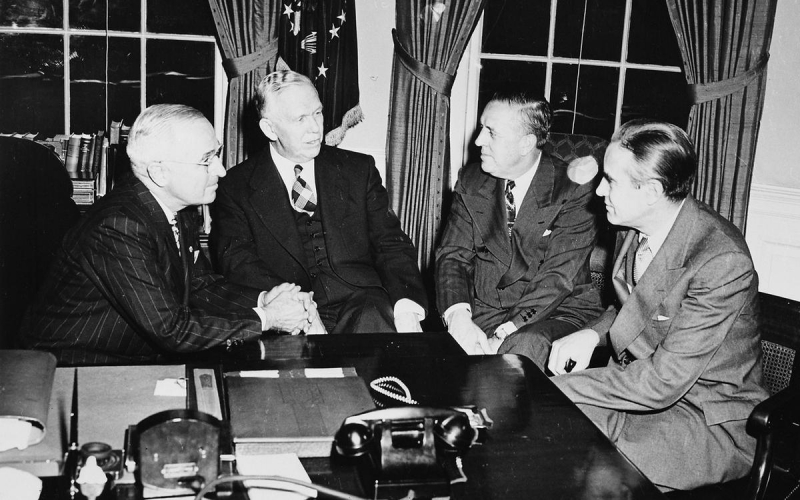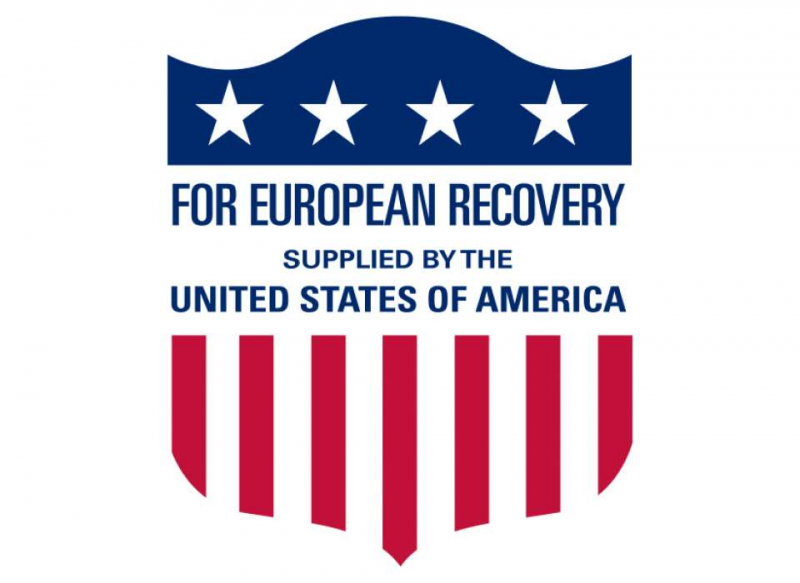The Marshall Plan

Another major effect of World War II that should be mentioned is the Marshall Plan. It was named after the US Secretary of State, George C. Marshall, who proposed the plan.
The Marshall Plan (also known as the European Recovery Program, ERP) was an initiative of America in the year of 1948 to offer international assistance to Western Europe. Following World War II, the United States transferred about $13 billion (equal to around $115 billion in 2021) in economic recovery projects to Western European countries. It replaced an earlier Morgenthau Plan plan and ran for four years, commencing on April 3, 1948.
One of the significant aims of the Marshall Plan was to reconstruct cities, industries, and infrastructure that had been severely devastated during the war. The proposal also called for the elimination of tariffs between European neighbors and the promotion of business transactions among those nations and the United States. Besides economic recovery, the Marshall Plan also aimed to prevent the spread of communism on the European continent.







